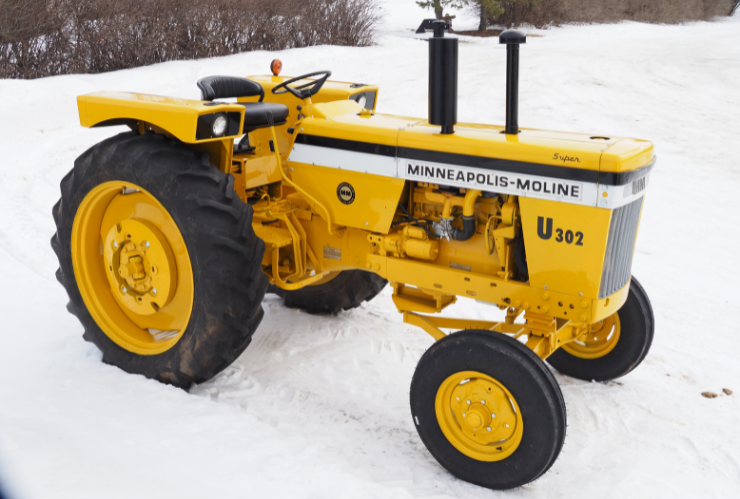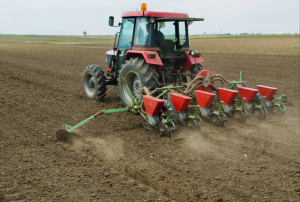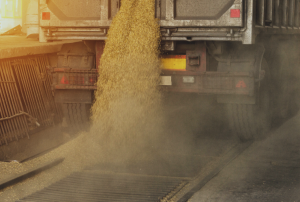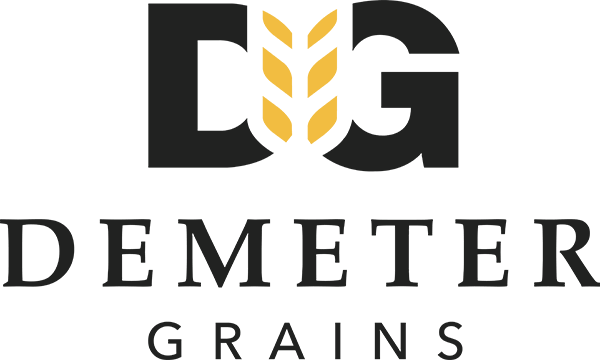Last week in Canada, some of the AgriChain team met a lovely old farmer. He and his son will no doubt be future customers—salt-of-the-earth type people. We were swapping stories about machinery and asked him if he remembered the first tractor he drove as a kid. He did, and more to the point, he told us that he had completely restored it.
In his shed sat an immaculate Minneapolis-Moline tractor, which he had inherited from his father—along with the debt that came with it. His father had suddenly died in a tractor accident some 60 years ago when he was just 14.
The tractor was restored to an exceptional standard. For anyone who has driven these old tractors, some of the better ones had a simple cutout on each mudguard at the top, with a little bit of rubber protection placed on the hard metal cutout. It was there so that when the driver turned around to watch the workers or the implement behind them, they had something to hold onto.
Back to this particular tractor—we noticed that the right-hand guard, even though repainted and looking like new, was worn away in one spot. This was the only place on the tractor that showed any signs of wear. In any other scenario, you wouldn’t notice it because the rest of the machine was now better than new.
The farmer saw us looking over the machine and said, “You may notice there is one little imperfection in the old girl.” We had barely noticed it but replied, “Yes, but it’s so small it’s hardly worth mentioning.”
He then proceeded to tell us that the worn-down area, perfectly aligned with where a farmer’s index and middle fingers would have rested when holding onto the tractor, was in fact made by his father. He had spent so much time on that tractor that his hands had worn through the hardened metal, gradually creating a groove in the machine itself.
Thinking about it now, it is probably the most wonderful story we have ever heard in farming. At the time, we were blown away, but looking back… it’s hard not to get a little teary-eyed, to be honest. Out of courtesy, we did not ask him if this was indeed the tractor that killed his father.
Next door, in a large barn, sat a million-dollar harvester that barely fit in the shed—the biggest model in the world, in fact. The reminder here is that while farming has brought wealth and prosperity to the latest generation, for many families, it has been a long, tough journey to get to this point.
The physically demanding days may be long gone, and land that was once worth a penny is now valued beyond belief (some say beyond reason). But the pressure on the next generation to grow and maintain the dynasty must be overwhelming.
To illustrate the point: that old Moline used to cart a grain bin back and forth from the field to the small silo (not silos) at harvest time, and all the grain fit snugly into one nice little bin. Fast forward to today, and the harvester in the barn next door holds more grain in one bin than his father’s entire harvest did back in the day.
Times back then were hard—physically and emotionally—due to poor farming practices and limited support. But today’s farmers have their own challenges, different in nature yet just as demanding. From the outside looking in, these struggles are often overlooked.
It was a humbling day and an unforgettable experience—one that reminded us that behind every machine, there is a story. Behind every farm, there is a history. And behind every farmer, there are hands that have shaped the land, the machines, and the future.











